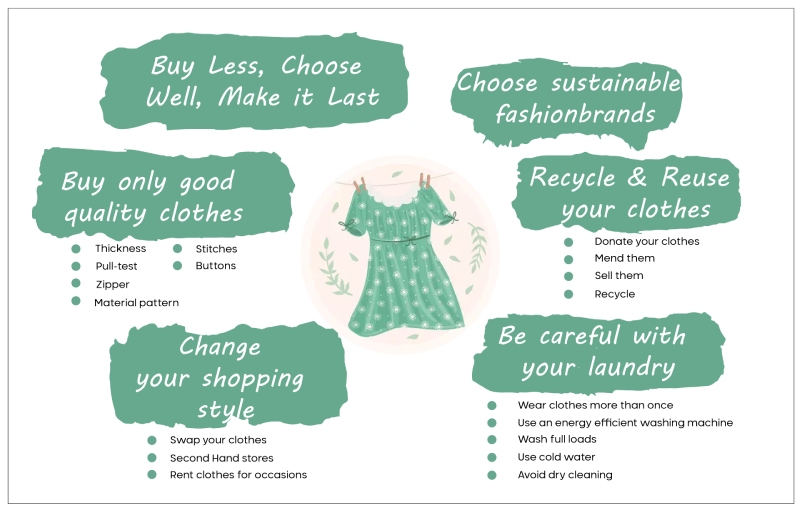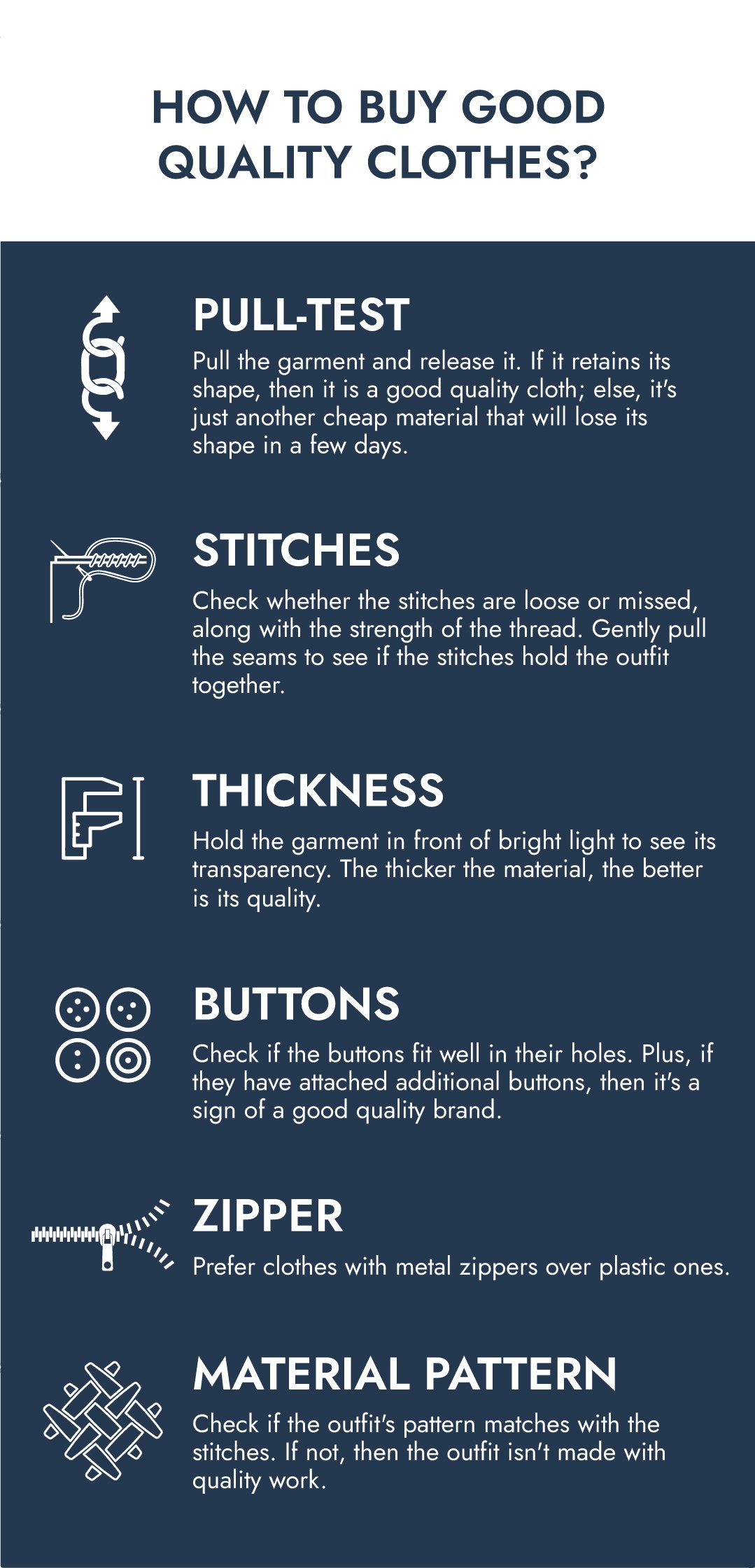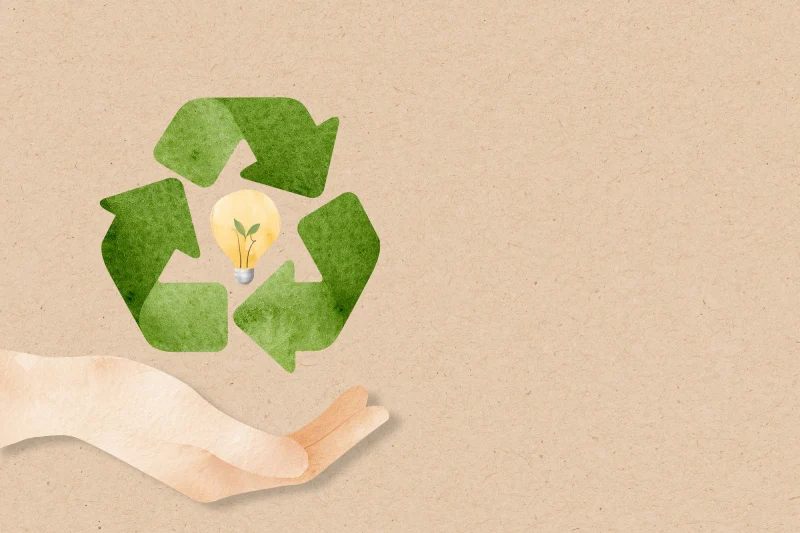Shopping, which was an occasional event a few years back, has now become a hobby for many of us. With cheaper clothes and sped-up trend cycles, we now almost have five times more clothes than our forefathers. Strangely, all the credit goes to the rise of fast fashion, which emerged around 20 years ago and is now roaming as a dark monster in everyone’s closet. This trend became possible because of the constant reduction in production costs.
But in turn, the fast fashion industry has been causing severe problems for our health, environment, animals, and most importantly, on the lives of garment workers. It has now started dominating online shopping and high street fashion. But what exactly is fast fashion, and what are its impacts on us?
In this post, we’ll be introducing you to the dark side of fast fashion and how we, as consumers, can help to change it.
Fast Fashion: A Disastrous Trend Ruling the Fashion Industry

Fast fashion is the process of designing, manufacturing, and selling clothes in high volumes to meet the consumer’s demand. These clothes are usually a replica of catwalk or celebrity outfits that fashion followers desire to flaunt. Hence, the fashion industry utilizes low-quality material to fulfill the fast fashion trend and sell styles cheaply to consumers.
They aim to get the newest style among fashion followers as soon as possible so that people can promote the ongoing fashion trends while they are popular and discard them after a few wears. Additionally, the fast fashion trends have made people believe that repeating an outfit is a fashion faux pas, and if they want to look up-to-date, they have to sport the latest fashion trends.
Thus, these trendy pieces with cheap quality cloth have become a part of a toxic system that promotes overproduction and consumption. Unfortunately, it results in harmful impacts on the environment, animals, and garment workers. With time, fast fashion has now become a buzz phrase in a world that requires sustainability.
How did fast fashion emerge?

Now, let’s rewind a bit to understand how fast fashion actually emerged in the fashion industry. Earlier during the 1800s, fashion was slow. People had to source fabrics from scratch like wool or leather, weave them and then create the garments. Later, the industrial revolution brought new technologies to market, such as sewing machines, making this process easier. It became convenient, easy, and cheap to create clothes. Eventually, there was a rise in dressmaking shops that catered to the needs of middle-class people.
These shops hired teams of garment workers, and the production continued to rise. By the 1960s and 70s, people started creating new fashion trends. Ultimately, clothing became a form of personal expression where everyone desired to look unique and up-to-date.
And in the late 1990s and 2000s, low-cost fashion outstretched its peak. There was a boost in online shopping, whereas fast fashion brands like Zara, H&M, and Topshop dominated high street fashion. These brands started replicating styles from top fashion houses quickly and cheaply. So it isn’t surprising to know how the fast fashion phenomenon caught on with easy access to trend-worthy shopping.
Impacts of Fast Fashion:

All the factors of fast fashion such as rapid production, trend duplication, low quality, and cheap pricing lead to disastrous effects on the environment and workers involved in the outfit production. However, before we go about changing all this in the future, let’s have a look at the impacts of fast fashion.
On our environment:
Apart from causing a threat to the environment, fast fashion is also dangerous for the garment workers in the fast fashion industry. To earn bread for the family, these workers work for low wages in a dangerous environment that lacks fundamental human rights. Besides, they also have to suffer while working with toxic chemicals that can negatively impact their health.
On animals:
The fast fashion industry also causes an enormous threat to the innocent lives of animals. On one hand, marine and land life unknowingly ingest the toxic chemicals and microfibres released in the waterways. On the other hand, an increase in the use of animal products like wool, leather, and fur puts the welfare of animals at risk.
On consumers:
Lastly, fast fashion also affects the consumers by forcing them to become a part of the ‘throw-away culture. It generally happens because of the ramped-up styling trends and built-in obsoleteness of the clothes. The fast-fashion culture has also made people believe that they need to buy more clothes to be on top of the styling trends, which creates a constant sense of craving and ultimate dissatisfaction. Some designers have also criticized this fast fashion trend on intellectual property grounds by alleging that the retailers have mass-produced their work illegally.
Fast Fashion Facts That’ll Blow Your Mind:

- It takes 2,700 liters of water to produce 1 T-shirt.
- The Fashion Industry is the 2nd most polluter of clean water in the world.
- 85% of textile waste ends up in landfills.
- 26% of fast-fashion garments cannot be recycled, reused, or re-sold due to poor quality.
- 1 in 6 people work in the Global Fashion Industry, where their wages are as low as 3$ per day.
How to detect fast fashion brands?
With tons of fashion brands out there, it can be confusing to spot the ones following fast fashion trends. But here are some major factors that will help you detect the fast fashion brands:
- They offer thousands of styles portraying the latest trends.
- They sell clothes made of low-quality materials such as polyester, which causes the cloth to degrade after a few wears. And sadly, you are left with the only option of throwing it away.
- There is less turnaround time between seeing a garment trending in the catwalk or celebrity media and when it hits the stores.
- They focus on occasion-driven purchases and seasonal trends, which is the ultimate goal of fast fashion. With hundreds of new affordable and readily available styles, they encourage consumers to expect a constant flow of new items.
- They have an inadequate working environment and provide low wages to their workers.
What can we do to deal with the fast fashion trend?

Looking at the drastic environmental changes occurring worldwide, we as consumers must take these events as a wake-up call to redefine our fashion choices. We need to reset our shopping habits and choose what matters to us and the environment. Although fast fashion won’t end so fast, it can be reduced with small changes over time.
Here are some good alternatives to change the disastrous fast fashion industry from hampering environmental well-being.
-
Buy Less, Choose Well, Make it Last:
We cannot stress enough on this quote, “buy less, choose well, make it last,” by British designer Vivienne Westwood. That’s because even the greenest garments consume resources for production and transportation, which ultimately creates environmental effects.
The root of these effects lies in our shopping behavior: we buy ten outfits while our forefathers brought two. We always think that having more clothes will bring happiness, but these choices need to be redefined for a better future.
Make sure you choose organic, semi-synthetic, and natural fibers that don’t require chemicals for production. In addition, choose fibers that consume less water, like recycled fiber, linen, etc., and are friendly to the soil. Last but not least, follow slow fashion as it is the ultimate way to stop fashion waste from creating piles of garbage and being hazardous to the environment.
-
Choose sustainable fashion brands:
Many fashion brands are moving towards sustainable and vegan fashion as a way to restrict damages of fast fashion trends. Although the fast fashion industry will keep enticing customers with limited offers and cheaper prices, the more you become concerned about your choices, the better it will be for your future generations.
We strongly believe that there will be a time when people will just demand sustainable clothing and be content with their shopping habits. Considering the workers’ situation and environmental effects, consumers will be inclined to pay more for good quality sustainable brands than buy cheaper garments that don’t benefit anyone.
a. Buy only good quality clothes:
 Sometimes we tend to ignore the clothes ‘ quality because of cheaper price tags. As a result, and unknowingly, we fall into the cycle of buying new clothes as the old ones lose their appeal within a span of a few days. Contrarily, if we stop purchasing these poor-quality clothes, it will push the fast fashion brands to improve their garment quality. Plus, it will let us wear clothes for a longer duration, which is good for the environment and our budget.
Sometimes we tend to ignore the clothes ‘ quality because of cheaper price tags. As a result, and unknowingly, we fall into the cycle of buying new clothes as the old ones lose their appeal within a span of a few days. Contrarily, if we stop purchasing these poor-quality clothes, it will push the fast fashion brands to improve their garment quality. Plus, it will let us wear clothes for a longer duration, which is good for the environment and our budget.Below are some common tips for recognizing good quality clothes:
- Thickness: Hold the garment in front of bright light to see its transparency. The thicker the material, the better is its quality.
- Pull-test: Pull the garment and release it. If it retains its shape, then it is a good quality cloth; else, it’s just another cheap material that will lose its shape in a few days.
- Stitches: Check whether the stitches are loose or missed, along with the strength of the thread. Gently pull the seams to see if the stitches hold the outfit together.
- Buttons: Check if the buttons fit well in their holes. Plus, if they have attached additional buttons, then it’s a sign of a good quality brand.
- Zipper: Prefer clothes with metal zippers over plastic ones.
- Material pattern: Check if the outfit’s pattern matches with the stitches. If not, then the outfit isn’t made with quality work.
-
Recycle & Reuse your clothes:

Do you know where your clothes go once you throw them away in normal bins? They just pile up in the landfill for thousands and thousands of years. Instead, try recycling and reusing them through these options:
- Donate your clothes: If you know someone who can wear these clothes, then donate them. It can be your neighbors, strangers, or to charity people.
- Mend them: Use your creativity to redesign your clothes or mend them with the help of a tailor.
- Sell them: You will find several second hand cloth selling apps, so ensure you use them.
- Recycle: Put your clothes in textile recycling bins to make new clothes.
-
Change your shopping style:

Buying new clothes isn’t the only way to flaunt new styles. Here are some options to keep your fashion wardrobe refreshing without harming the environment.
- Swap your clothes: The majority of people in the world are a part of this swap culture. Participants bring clothes that they no longer wear and exchange them with clothes they would like to wear. This is an eco-friendly and economical way to refill your closet once in a while.
- Second Hand stores:Many secondhand clothes are being sold globally, considering the need for sustainable clothing. You can also find them online with options ranging from reasonable prices to branded clothes.
- Rent clothes for occasions: Clothes rental isn’t new to us because people have been renting clothes for years now. This option becomes especially popular for special occasions as you don’t wear those high-maintenance clothes daily. So, if there’s a baby shower, prom party, or a grand event, make sure you rent the dresses. These clothes are available on an hourly basis rent which you can take as per your need.
-
Be careful with your laundry:

Washing your clothes also creates a great impact on the environment in terms of energy and water consumption. So, here are some tips to reduce this impact:
- Wear clothes more than once: You can wash your clothes after using them twice or maybe thrice, depending on your usage. Obviously, socks and undergarments are an exception here!
- Use an energy-efficient washing machine: Such a machine will help you save almost 3000 liters of water and a lot of energy annually.
- Wash full loads: This is the most water-efficient option. A full load generally means 12 pounds, i.e., 5.5 kgs of weight can go in your full-load washing machine, but it varies from machine to machine. So, take your time to adjust the settings as it will save water and clean your clothes effectively.
- Use cold water: Reduce energy consumption that goes into heating the water by washing your clothes with cold water.
- Avoid dry cleaning: RTraditional dry-cleaning uses harmful chemicals, so avoid doing it. If you have no other option than dry-cleaning, then ensure you use green dry cleaners.
Bottom-Line:
Fast fashion won’t leave the fashion industry so fast, but with increased awareness among people, its intensity can be reduced! A little step towards sustainability and slow fashion will go a long way in recreating our fashion industry and nourishing the lifestyle of future generations.




